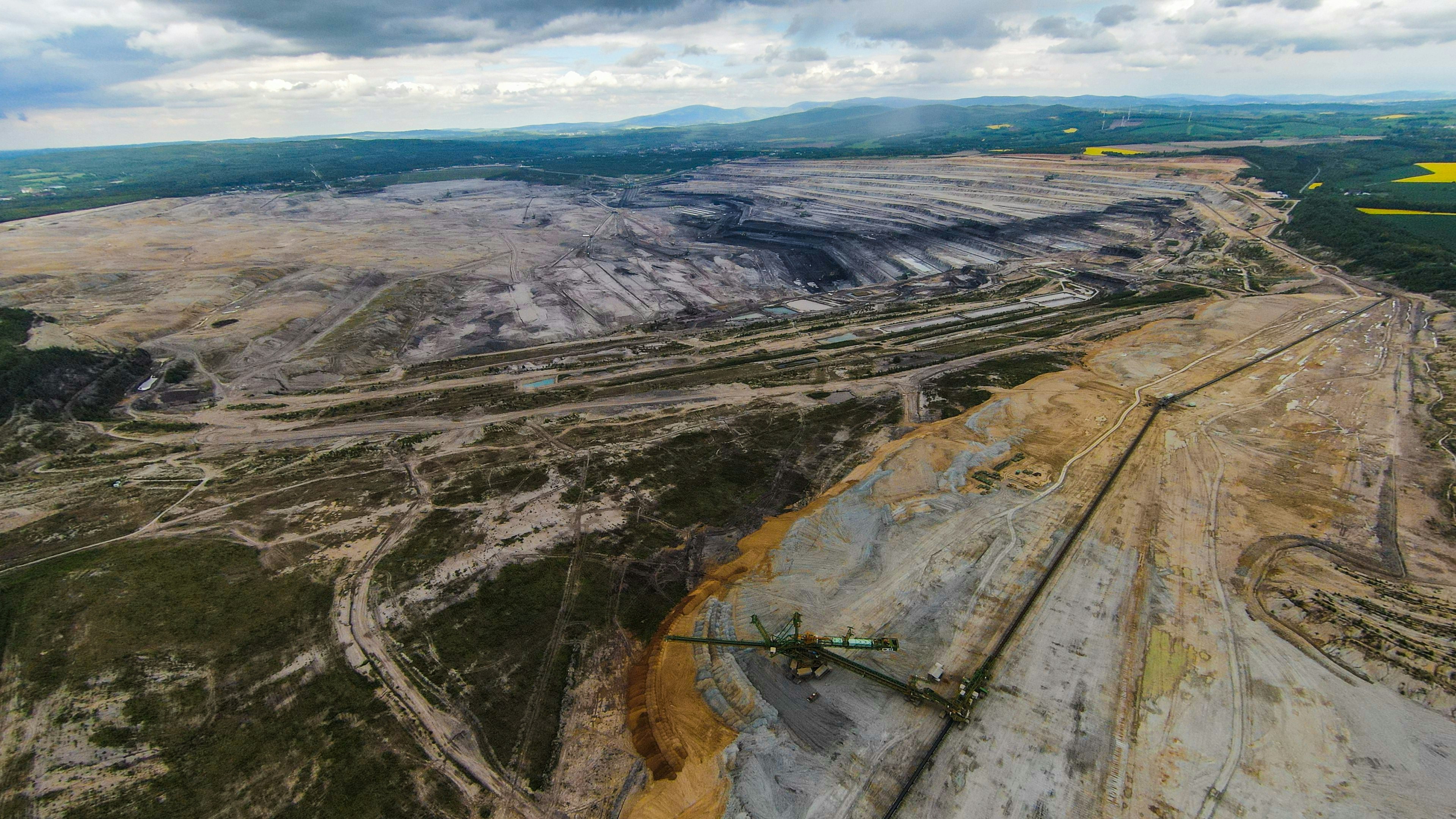
Introduction to Greenland’s Critical Minerals
Greenland has increasingly emerged as a significant player in the global critical minerals landscape, particularly as the demand for essential metals continues to rise in conjunction with technological advancements and the transition towards renewable energy sources. The strategic importance of these critical metals cannot be overstated, as they serve as vital components in a wide array of applications, especially within modern technology and energy systems, such as batteries, electric vehicles, and renewable energy solutions.
Under the European Union’s green transition goals, the sourcing of critical minerals has garnered heightened attention. The EU aims to reduce its reliance on external suppliers for these strategic materials, thereby promoting energy security and sustainability. Greenland’s rich deposits of critical metals, including rare earth elements, lithium, and cobalt, position it favorably as a potential supplier that can help meet Europe’s ambitious targets for carbon neutrality and investment in green technologies.
Moreover, critical minerals are foundational to numerous sectors, ranging from telecommunications to renewable energy. As the world transitions away from fossil fuels, the application of these metals has become more pervasive, demonstrating their relevance in achieving sustainable energy systems. For instance, lithium, crucial in battery production, has seen unprecedented demand owing to the surge in electric vehicle manufacturing. Similarly, rare earth elements are indispensable for the creation of high-efficiency wind turbines and solar panels.
In light of these factors, Greenland’s recent issuance of a mining permit for a critical metals project reflects not only the country’s mineral wealth but also its potential role in the global supply chain. This development is particularly significant as it aligns with broader environmental and economic aspirations, showcasing Greenland as a leading contender in the market for critical minerals essential for the future.
Details of the Mining Project and Permit
The recent mining permit granted in Greenland marks a significant development in the extraction of critical metals crucial for various high-tech and sustainable industries. This particular mining project is primarily focused on the extraction of rare earth elements, including lithium and cobalt, which are essential for the production of batteries and other advanced technologies. These metals are increasingly in demand due to the global shift towards electric vehicles and renewable energy sources.
One of the primary objectives of the project is to enhance the supply chain of critical metals within the European Union, effectively reducing reliance on non-EU sources. This aligns with the EU’s broader policy goals of promoting sustainability and ethical sourcing, which are integral to its Green Deal initiative. The partnership with EU entities not only strengthens the project’s financial backing but also fosters a commitment to environmentally responsible practices during the extraction process.
The expected timeline for the commencement of operations indicates that mining activities could start by late 2024, with significant preparatory work outlined for 2023. This timeframe allows for the implementation of a comprehensive environmental assessment to ensure adherence to the highest standards of sustainability. Additionally, collaboration with local stakeholders is prioritized to ensure that the socio-economic benefits are distributed fairly, with a focus on job creation and community development in Greenland.
This mining permit is anticipated to potentially yield substantial economic benefits for Greenland, including increased employment opportunities and infrastructure development. The project’s success could serve as a model for similar initiatives, showcasing how responsibly managed mining can contribute to both local economies and the global demand for critical metals. As the project progresses, it will be crucial to monitor its implications for ethical sourcing and sustainability within the critical metals market.
Environmental and Social Considerations
The recent approval of the mining permit for a critical metals project in Greenland has prompted significant discourse surrounding the environmental and social ramifications of such an undertaking. Local communities, particularly indigenous groups, have expressed considerable concern regarding the potential disruption of sensitive ecosystems endemic to the region. Mining practices often require extensive land alteration and can lead to the degradation of habitats essential for local wildlife and plant species, which are integral to the ecological balance of the area.
Furthermore, environmental activists have raised alarms about the long-term impacts of mining operations on air and water quality, stressing that even with robust regulatory frameworks, the possibility of pollution and resource depletion remains high. This apprehension is particularly pronounced given Greenland’s unique landscapes, which are characterized by fragile tundra and glacial systems that are already vulnerable to climate change influences. The juxtaposition of economic upliftment through mineral extraction against the backdrop of environmental protection creates a complex challenge.
In response to these concerns, the project stakeholders have indicated their commitment to sustainable mining practices. These practices include the implementation of technologies designed to minimize environmental footprints, such as advanced waste management systems and the rehabilitation of mining sites post-extraction. Additionally, community engagement initiatives will be vital to fostering dialogue with local residents. By establishing partnerships with indigenous groups, the mining company aims to ensure that their voices are heard and that their cultural and social needs are prioritized. These measures are intended to create a balance that acknowledges both the necessity of economic development through mineral resources and the pressing need to preserve Greenland’s unique environmental integrity.
Future Outlook for Greenland’s Mining Industry
The recent issuance of a mining permit for the critical metals project in Greenland marks a significant turning point for the nation’s mining industry and its relations with the European Union. This pivotal development is poised to unlock various opportunities while presenting distinct challenges as Greenland navigates its path in the global mining landscape. With the burgeoning demand for critical metals, largely driven by renewable energy technologies and electric vehicle production, Greenland stands at the forefront of a rapidly evolving market.
One of the primary implications of this project lies in its potential to strengthen ties between Greenland and the EU. As Europe aims to invigorate its local supply chains and offset reliance on non-European sources, Greenland’s rich deposits of critical metals could serve as a strategic resource. However, geopolitical considerations, including the interests of other global powers in the Arctic region, may introduce complexities that require careful management. The drive towards sustainable practices further complicates the scenario, demanding a balance between resource extraction and environmental stewardship.
Technological advancements in mining will also play a critical role in shaping the future of this industry in Greenland. Innovations aimed at enhancing extraction efficiency and minimizing environmental impact are increasingly becoming integral to project feasibility. As companies look to implement cutting-edge technology in mining operations, the possibility of transforming Greenland into a leader in sustainable resource extraction becomes more pronounced. This not only has implications for job creation but also for fostering a green economy.
In light of these dynamics, Greenland’s mining industry must prepare for an uncertain yet promising horizon. Carefully considered planning, coupled with a commitment to sustainability and collaboration with stakeholders, will determine how effectively Greenland can leverage this mining permit to enhance its economic position while contributing positively to global resource needs.
